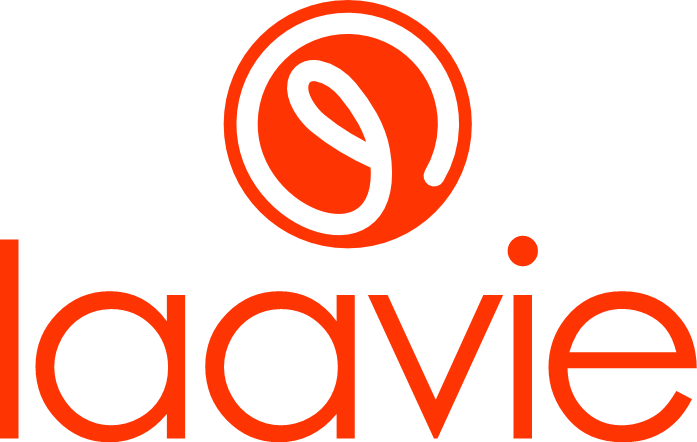-
Новости
- ИССЛЕДОВАТЬ
-
Страницы
-
Группы
-
Мероприятия
-
Reels
-
Статьи пользователей
-
Offers
-
Jobs
Innovations in Door and Window Hardware: A Market Perspective
The builder hardware market stands at a crossroads where growth opportunities are plentiful, but challenges persist. As urbanization and technological advancements fuel demand, industry players must navigate supply chain disruptions, cost fluctuations, and regulatory hurdles while striving to meet customer expectations.
One of the primary challenges is the volatility in raw material prices. Metals such as steel, aluminum, and brass—essential for locks, hinges, and fittings—have seen price spikes due to geopolitical tensions and supply chain disruptions. This affects product pricing and profitability, particularly for manufacturers relying on imported materials.
Labor shortages also pose a significant hurdle. The installation of advanced hardware systems requires trained professionals who understand the intricacies of smart locks, sensor fittings, and energy-efficient systems. A lack of skilled technicians in certain regions hampers widespread adoption, especially in residential and mid-scale commercial projects.
Regulatory frameworks present another challenge. Building codes, safety standards, and certification requirements vary across countries and regions, complicating product development and export strategies. Manufacturers must invest in compliance and testing to ensure their products meet global standards, adding to production timelines and costs.
However, challenges bring opportunities. The demand for sustainable products opens new avenues for innovation. Manufacturers investing in eco-friendly materials and energy-efficient designs are gaining a competitive edge, especially in regions where governments offer incentives for green building initiatives.
Technological disruptions, though initially complex, pave the way for long-term growth. The integration of smart solutions creates opportunities for service-based revenue models such as subscription-based access control and predictive maintenance. These models not only enhance customer experience but also build recurring income streams for manufacturers.
Customization and modular design offer further opportunities to differentiate products in an increasingly competitive landscape. Builders and developers are eager to invest in hardware solutions that align with architectural styles and lifestyle preferences, creating demand for niche and premium products.
Strategic partnerships and collaborations also offer growth potential. By aligning with technology providers, security companies, and sustainability experts, hardware manufacturers can create integrated solutions that cater to a wider customer base.
In conclusion, while the builder hardware market demand faces challenges related to cost, labor, and compliance, these very issues open doors to innovation, collaboration, and long-term growth. Companies that strategically invest in technology, sustainability, and customer education will be well-positioned to thrive in this evolving market.
- Art
- Causes
- Crafts
- Dance
- Drinks
- Film
- Fitness
- Food
- Игры
- Gardening
- Health
- Главная
- Literature
- Music
- Networking
- Другое
- Party
- Religion
- Shopping
- Sports
- Theater
- Wellness


